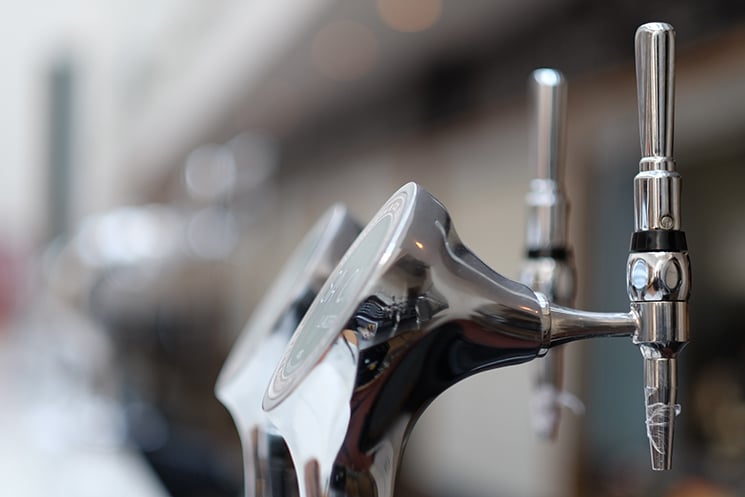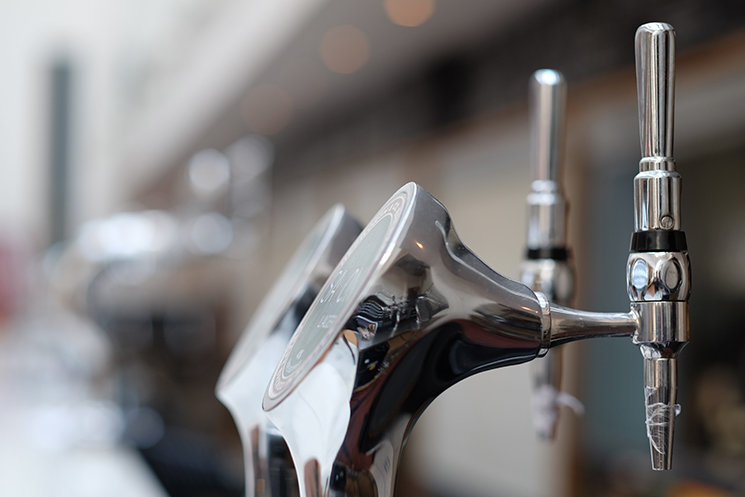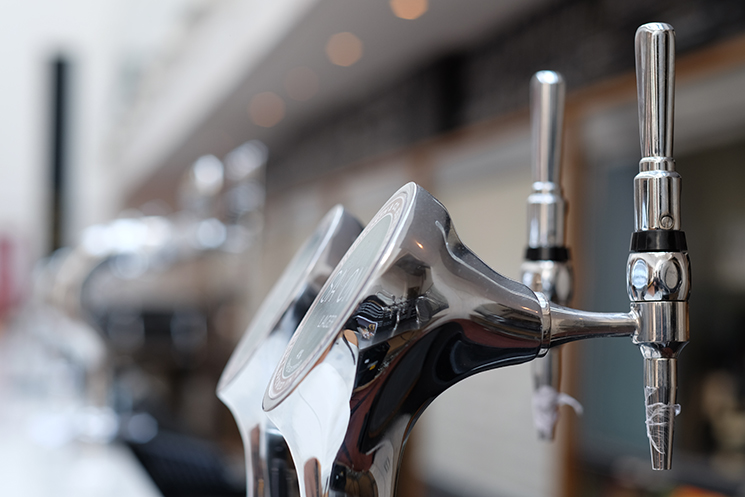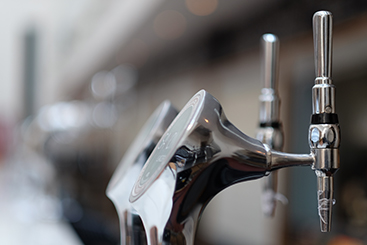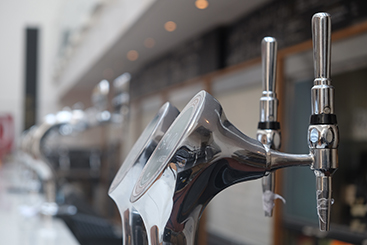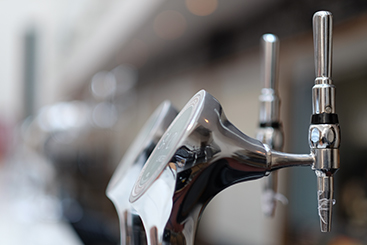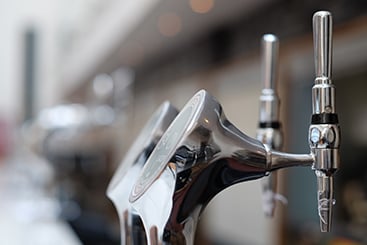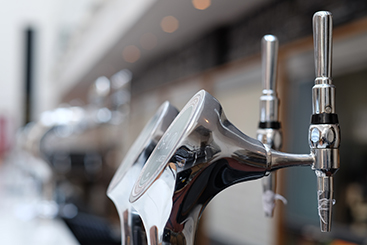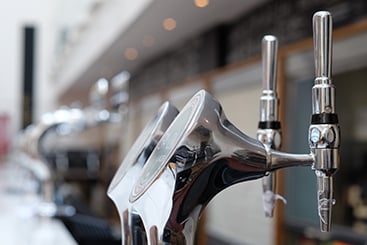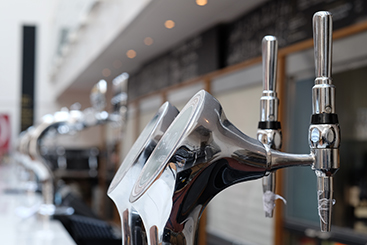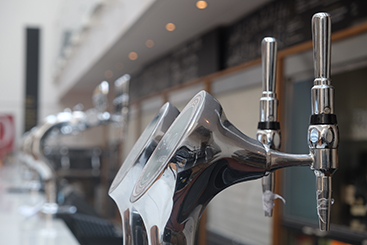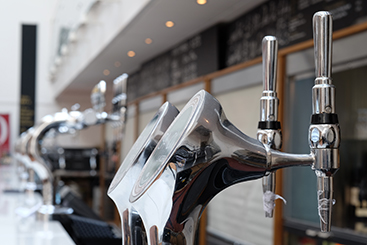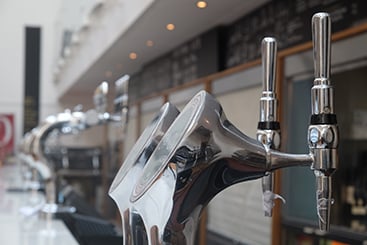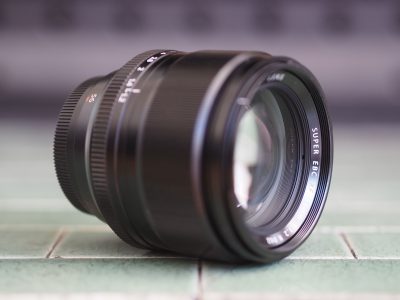Fujinon XF 56mm f1.2 R review
-
-
Written by Gordon Laing
Quality
To evaluate the real-life performance of the Fujinon XF 56mm f1.2 lens, I shot this interior scene at every aperture setting using a Fujifilm XT1 mounted on a tripod.
The XT1 was set to its base sensitivity of 200 ISO and the lens focused on the center of the composition using magnified Live View assistance. The corner and center crops shown below were taken from the areas marked with the red squares, right, and presented at 100%.
I also shot this scene moments later using the Fujinon XF 18-55mm f2.8-4 kit zoom for a direct comparison and you can find this in the contents, above right. I also have separate pages comparing the depth of field and bokeh of these lenses.
For my lens tests I normally shoot in RAW and process the files with corrections disabled to see what’s happening behind the scenes. But the more I shoot with the Fuji X system, the more I appreciate the out-of-camera JPEG performance, especially when using Lens Modulation Optimisation (LMO) on the XT1 with Fujinon lenses. I’ve also found few RAW converters which can do justice to the X-Trans sensor. So in a departure from previous tests I’m going to present crops from unaltered out-of-camera JPEGs here (with LMO enabled as default) as I believe they show the lens in the best light. I did of course also shoot the scene in RAW and if I find a workflow which delivers good results in the future I’ll update this review with RAW comparisons as well.
From the crops below there’s no arguing with the performance of the 56mm f1.2. Even with the aperture opened right up to f1.2 the details are impressively crisp into the far corners. As you scroll through the sequence you’ll see the corners becoming brighter, indicating some vignetting at the brighter apertures, but it’s easily corrected and there’s really no other aberrations to note under normal use.
There is some benefit to closing the aperture, both to minimise vignetting and improve sharpness a little. I’d say the sweetspot is between f4 and f5.6, but unless you were comparing crops side-by-side, I’d say most people would be pretty happy shooting with this lens wide open. In this respect the 56mm is like the Leica Nocticron before it – a lens that’s not just about light gathering power and shallow depth of field, but also very high performance across the frame even at the largest apertures. It’s a very liberating thing to have a lens which is so usable at very bright apertures.
So a great start for the Fuji lens, but how does it compare to other options? On the next page I’ve compared it against the surprisingly good 18-55mm kit zoom, and beyond there you’ll see how the bokeh and coma performance measures-up. You’ll find it in my 56mm vs 18-55mm, 56mm bokeh and 56mm coma pages, or if you’ve seen enough, skip straight to my 56mm sample images or verdict!
Fujifilm 56mm f1.2 corner sharpness Out of camera JPEG with LMO | Fujifilm 56mm f1.2 center sharpness Out of camera JPEG with LMO | |
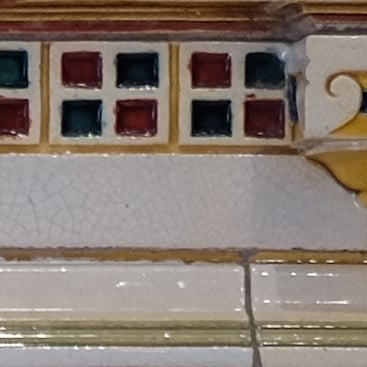 | 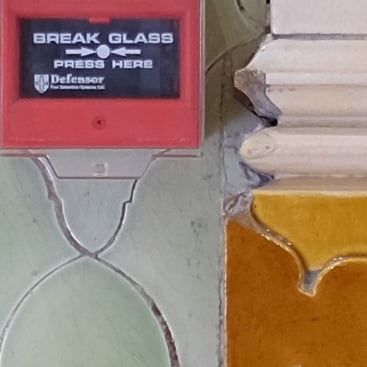 | |
Fujifilm 56mm f1.2 corner crop at f1.2 | Fujifilm 56mm f1.2 center crop at f1.2 | |
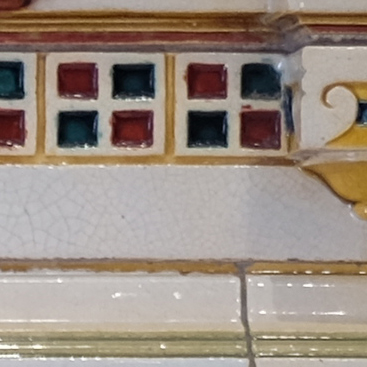 | 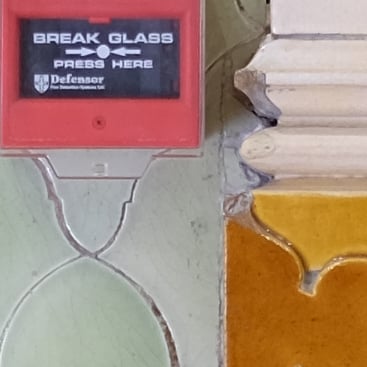 | |
Fujifilm 56mm f1.2 corner crop at f1.4 | Fujifilm 56mm f1.2 center crop at f1.4 | |
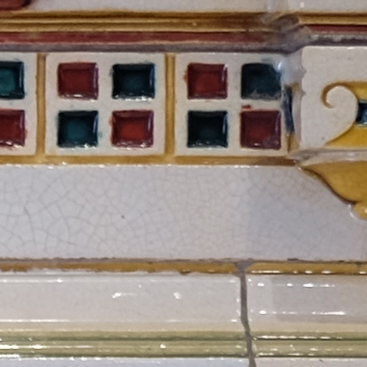 | 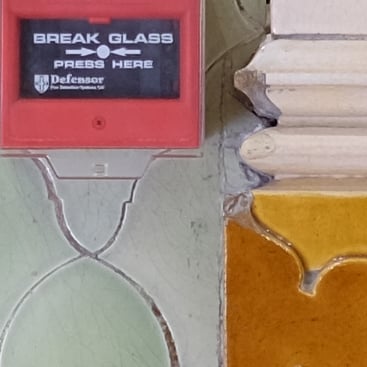 | |
Fujifilm 56mm f1.2 corner crop at f2 | Fujifilm 56mm f1.2 center crop at f2 | |
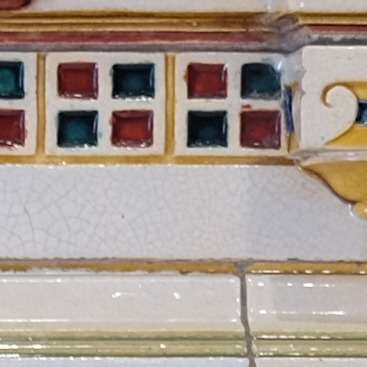 | 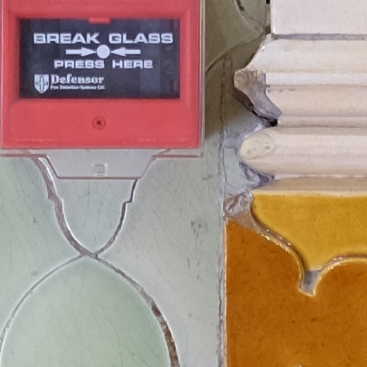 | |
Fujifilm 56mm f1.2 corner crop at f2.8 | Fujifilm 56mm f1.2 center crop at f2.8 | |
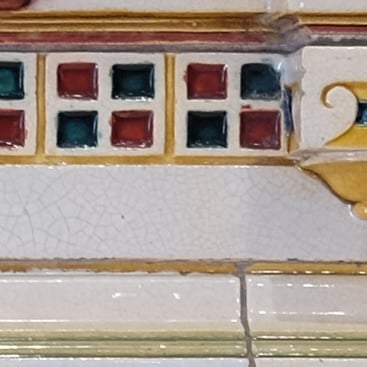 | 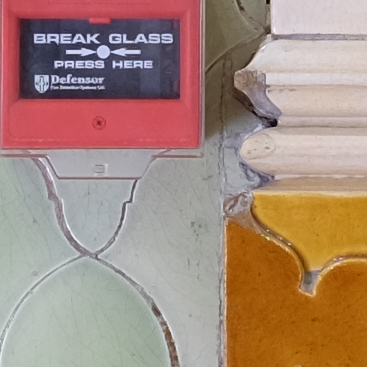 | |
Fujifilm 56mm f1.2 corner crop at f4 | Fujifilm 56mm f1.2 center crop at f4 | |
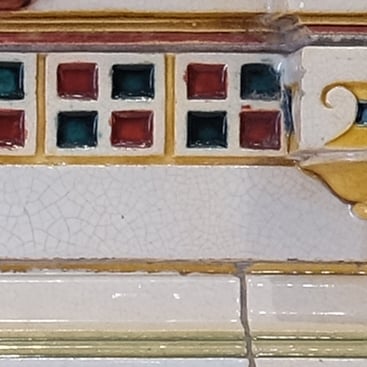 | 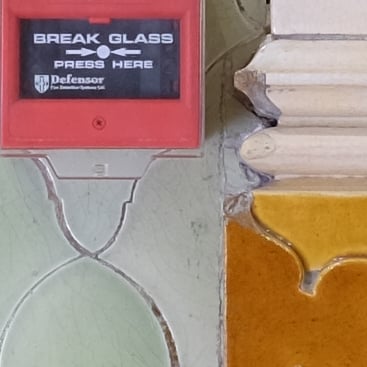 | |
Fujifilm 56mm f1.2 corner crop at f5.6 | Fujifilm 56mm f1.2 center crop at f5.6 | |
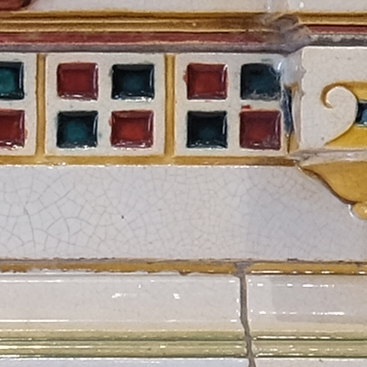 | 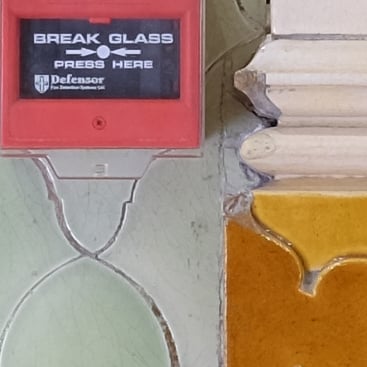 | |
Fujifilm 56mm f1.2 corner crop at f8 | Fujifilm 56mm f1.2 center crop at f8 | |
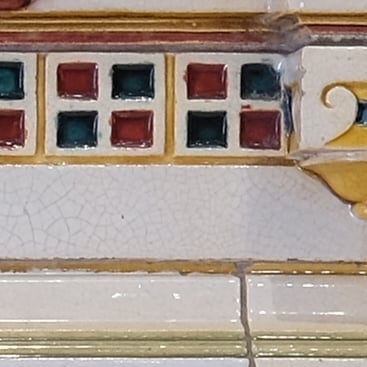 | 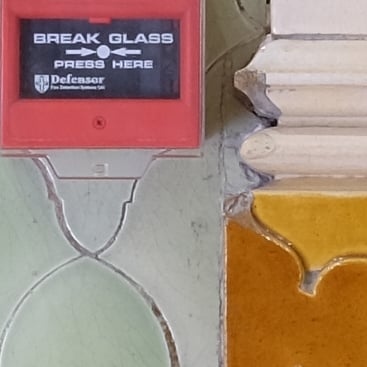 | |
Fujifilm 56mm f1.2 corner crop at f11 | Fujifilm 56mm f1.2 center crop at f11 | |
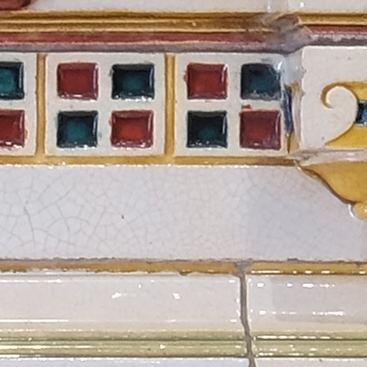 | 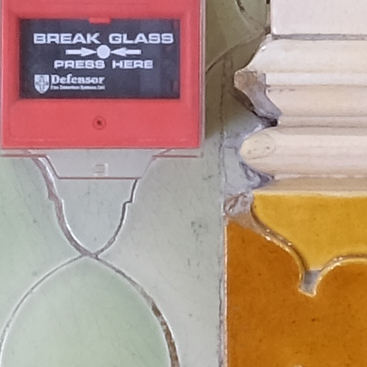 | |
Fujifilm 56mm f1.2 corner crop at f16 | Fujifilm 56mm f1.2 center crop at f16 |
Fujifilm XF 56mm f1.2 R vs XF 18-55mm f2.8-4
The XT1 was set to its base sensitivity of 200 ISO and the lenses focused on the center of the composition using magnified Live View assistance. The corner and center crops shown below were taken from the areas marked with the red squares, right, and presented at 100%.
For my lens tests I normally shoot in RAW and process the files with corrections disabled to see what’s happening behind the scenes. But the more I shoot with the Fuji X system, the more I appreciate the out-of-camera JPEG performance, especially when using Lens Modulation Optimisation (LMO) on the XT1 with Fujinon lenses. I’ve also found few RAW converters which can do justice to the X-Trans sensor. So in a departure from previous tests I’m going to present crops from unaltered out-of-camera JPEGs here (with LMO enabled as default) as I believe they show the lens in the best light. I did of course also shoot the scene in RAW and if I find a workflow which delivers good results in the future I’ll update this review with RAW comparisons as well.
On this page I’m comparing the 56mm against the 18-55mm kit zoom at 55mm, both with LMO enabled on the XT1. The 56mm kicks-off the sequence at f1.2, more than three stops faster than the 18-55mm, which starts at f4 when zoomed-in. As you saw on the previous page the 56mm can deliver great quality across the frame even with the aperture wide-open, although there’s minor benefits in contrast, sharpness and vignetting if you can close it a little.
The sweet-spot for the 56mm is arguably at f4 which is where the 18-55mm joins the comparison. Little more than a glance reveals the 56mm to deliver crisper details and higher contrast in the middle, and better definition into the corners too. It comes as no surprise to find the 56mm outperforming the 18-55mm, but I remain impressed by the zoom which delivers better results than you’d expect.
This was always going to be a simple comparison, but now it’s time to get into the real meat of my tests and look at the out-of-focus rendering, so head over to my Fujifilm 56mm bokeh and Fujifilm 56mm coma results, or skip to my Fujifilm 56mm sample images or straight to my verdict.
Fujifilm 56mm f1.2 center sharpness | Fujifilm 18-55mm f2.8-4 center sharpness at 55mm |
 | |
Fujifilm 56mm f1.2 center crop at f1.2 | Fujifilm 18-55mm f2.8-4 center crop at f1.2 n/a |
 | |
Fujifilm 56mm f1.2 center crop at f1.4 | Fujifilm 18-55mm f2.8-4 center crop at f1.4: n/a |
 | |
Fujifilm 56mm f1.2 center crop at f2 | Fujifilm 18-55mm f2.8-4 center crop at f2: n/a |
 | |
Fujifilm 56mm f1.2 center crop at f2.8 | Fujifilm 18-55mm f2.8-4 center crop at f2.8: n/a at 55mm |
 | 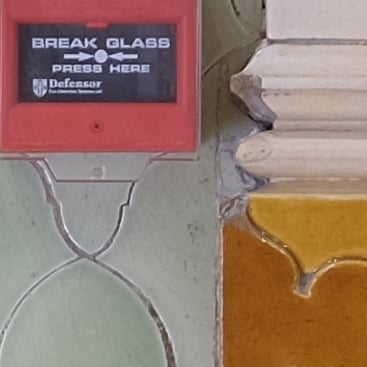 |
Fujifilm 56mm f1.2 center crop at f4 | Fujifilm 18-55mm f2.8-4 center crop at f4 |
 | 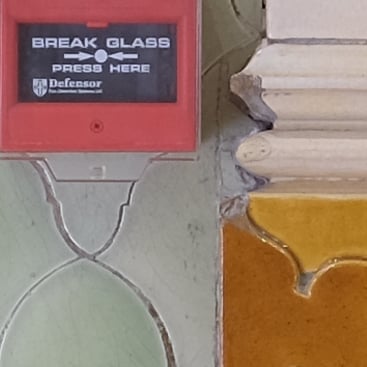 |
Fujifilm 56mm f1.2 center crop at f5.6 | Fujifilm 18-55mm f2.8-4 center crop at f5.6 |
 | 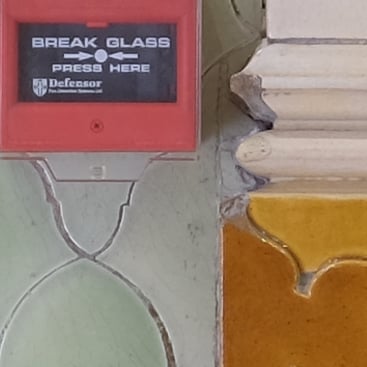 |
Fujifilm 56mm f1.2 center crop at f8 | Fujifilm 18-55mm f2.8-4 center crop at f8 |
 | 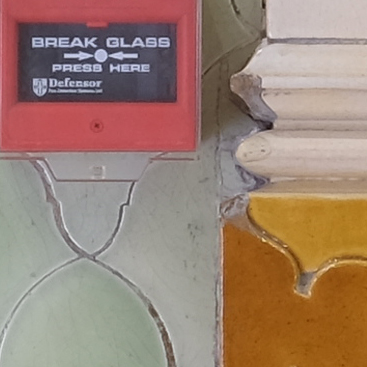 |
Fujifilm 56mm f1.2 center crop at f11 | Fujifilm 18-55mm f2.8-4 center crop at f11 |
 | 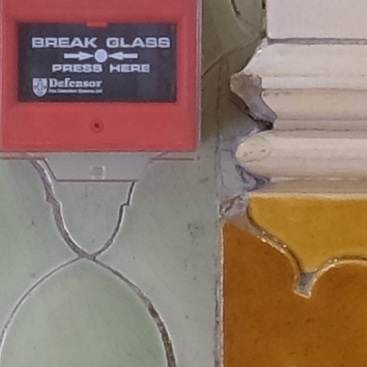 |
Fujifilm 56mm f1.2 center crop at f16 | Fujifilm 18-55mm f2.8-4 center crop at f16 |
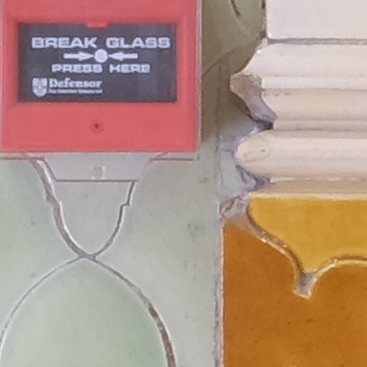 | |
Fujifilm 56mm f1.2 center crop at f22: n/a | Fujifilm 18-55mm f2.8-4 center crop at f22 |
Fujifilm 56mm f1.2 vs Fujifilm 18-55mm f2.8-4 corner sharpness
Fujifilm 56mm f1.2 corner sharpness | Fujifilm 18-55mm f2.8-4 corner sharpness at 55mm |
 | |
Fujifilm 56mm f1.2 corner crop at f1.2 | Fujifilm 18-55mm f2.8-4 corner crop at f1.8: n/a |
 | |
Fujifilm 56mm f1.2 corner crop at f1.4 | Fujifilm 18-55mm f2.8-4 corner crop at f1.4: n/a |
 | |
Fujifilm 56mm f1.2 corner crop at f2 | Fujifilm 18-55mm f2.8-4 corner crop at f2: n/a |
 | |
Fujifilm 56mm f1.2 corner crop at f2.8 | Fujifilm 18-55mm f2.8-4 corner crop at f2.8: n/a at 55mm |
 | 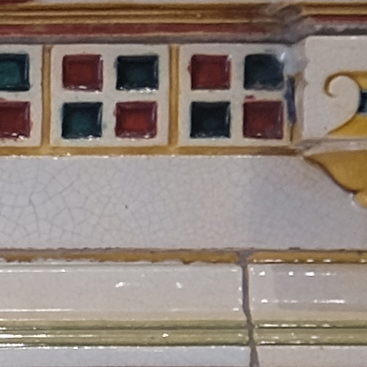 |
Fujifilm 56mm f1.2 corner crop at f4 | Fujifilm 18-55mm f2.8-4 corner crop at f4 |
 | 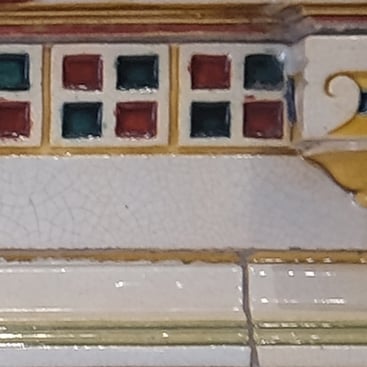 |
Fujifilm 56mm f1.2 corner crop at f5.6 | Fujifilm 18-55mm f2.8-4 corner crop at f5.6 |
 | 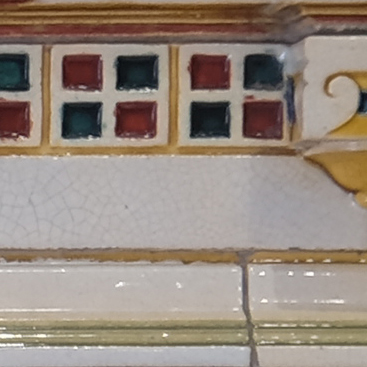 |
Fujifilm 56mm f1.2 corner crop at f8 | Fujifilm 18-55mm f2.8-4 corner crop at f8 |
 | 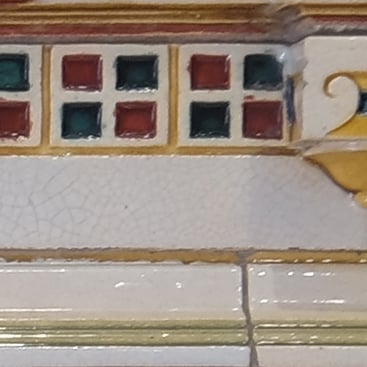 |
Fujifilm 56mm f1.2 corner crop at f11 | Fujifilm 18-55mm f2.8-4 corner crop at f11 |
 | 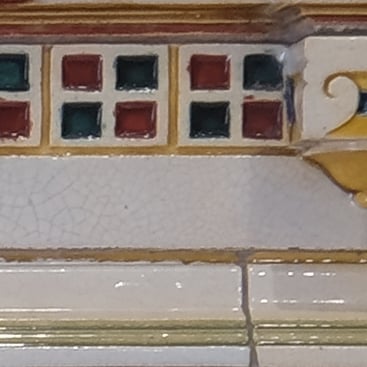 |
Fujifilm 56mm f1.2 corner crop at f16 | Fujifilm 18-55mm f2.8-4 corner crop at f16 |
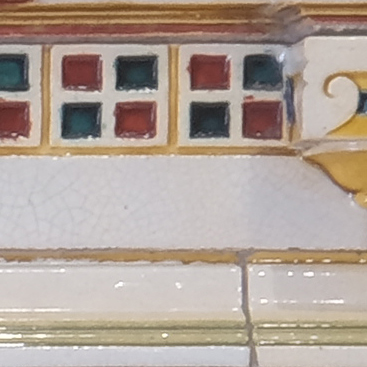 | |
Fujifilm 56mm f1.2 corner crop at f22: n/a | Fujifilm 18-55mm f2.8-4 corner crop at f22 |
Fujifilm XF 56mm f1.2 R Bokeh
To evaluate the depth of field and bokeh of the Fujifilm 56mm f1.2 lens, I shot this interior scene at every aperture setting using a Fujifilm XT1 mounted on a tripod.
The XT1 was set to its base sensitivity of 200 ISO and the lens focused on the closest tap on the far right of the image. On this page I’ve simply presented the entire frame, reduced to fit the page, at a selection of the widest apertures. Clicking any of the images will allow you to download the original from Flickr for a closer look.
It’s clear from the previous pages how sharp the Fujinon 56mm f1.2 lens is even when wide-open. Like the Leica Nocticron 42.5mm f1.2, it’s capable of delivering very crisp images right into the corners regardless of the aperture. This is great news for detail fanatics, but like the Nocticron, the major use for a short telephoto with a fast focal ratio is to throw the background out of focus, preferably with nicely rendered out-of-focus effects.
In the table below I’ve shown the full frame of a composition at f1.2, f1.4, f2 and f2.8 for comparison; note the lighting at the rear of the room changed during the sequence, hence the greater contrast on the tall thin sign at the f2.8 aperture onwards, so please try and look beyond it and concentrate on the rendering instead!
In the first crop with the aperture wide open at f1.2, it’s clear to see how easily you can isolate the subject from the background. There’s a very shallow depth of field and a nicely blurred background. The quality of the out-of-focus areas, known as the bokeh, is fairly well behaved here. It’s not too busy and impressively there’s minimal evidence of cat’s eye shapes on specular highlights near the edges of the frame – something that plagues (or blesses depending on your preference) very bright aperture lenses. The 56mm is not completely immune to the effect (as can be seen in some of my sample images), but specular highlights tend to remain more circular at f1.2 than the Nocticron.
That said, bokeh has a complex character with more than just shapes at the maximum aperture to take into consideration. Looking closely at the blurred specular highlights, there’s a little outlining and as the aperture is closed, its seven blade iris becomes easier to see. Indeed at f2 and f2.8 below you can clearly see the blurred specular highlights rendered as heptagons.
But the bokeh characteristics of a lens are a very personal thing – some photographers want pure natural shapes that don’t attract attention, while others enjoy seeing the impact of the lens design reflected on the image. I think most would agree the Fujinon 56mm f1.2 is capable of delivering very nice looking images, but I’m always fascinated by how one lens compares to another, so on the next page I’ll compare the Fuji 56mm against the 18-55mm at 55mm f4, and also take a look at how it measures-up to the Leica Nocticron 42.5mm f1.2. Check out my Fujifilm 56mm Bokeh comparison. Alternatively, check out my Fujifilm 56mm sample images!
Fujifilm 56mm f1.2 Bokeh (full image) |
Fujifilm 56mm f1.2 at f1.2 (full image) |
Fujifilm 56mm f1.2 at f1.4 (full image) |
Fujifilm 56mm f1.2 at f2 |
Fujifilm 56mm f1.2 at f2.8 (full image) |
Fujifilm XF 56mm f1.2 R Bokeh comparison
I’ll finish my bokeh comparisons with a quick side-by-side between the Fujinon 56mm and 18-55mm lenses, along with the Leica Nocticron thrown in for good measure. The two Fujis were tested within moments of each other, while the Nocticron was tested at an earlier date, albeit from the same position.
I’ll start with a sequence showing full-frame images from the Fujinon 56mm f1.2 against the XF 18-55mm f2.8-4 at a selection of their larger apertures; this gives an overview of how their overall depth of field compares.
At the top of the table you’ll see both lenses at their maximum respective apertures, f1.2 and f4, and as you’d expect there’s a massive difference in the depth of field. Even with a close-range subject the 18-55mm at 55mm f4 still can’t blur the background that much and it’s clear what you’re looking at. In contrast the 56mm f1.2 can obliterate much of the background, allowing you to much better isolate the subject. Again this is no surprise, but it’s useful to see the difference side by side if you’re an owner of the 18-55mm wondering how much shallower the depth of field is on the 56mm.
Note the lighting in the background changed during the sequence at f2.8, hence the higher contrast on the rear sign. Sorry about that, try to concentrate on the rendering!
But what about the quality of the rendering when both are set to the same apertures? Scroll down the table and keep an eye on the small orange lights towards the top of each frame. On the 18-55mm they remain mostly circular, whereas on the 56mm it’s easier to see the seven-sided heptagon shape made by its aperture blades. When I look closely at the full-sized images side-by-side, the 18-55mm out-of-focus highlights are however busier with evidence of concentric circles inside them, something the 56mm avoids, but there’s no denying the shape of the 56mm’s blurred highlights. Whether this is a good or bad thing is entirely down to personal preference, but it’s worth pointing out. Please scroll down further for more bokeh comparisons or skip to my 56mm coma or 56mm sample images pages.
For me the more interesting comparison is between the 56mm and the Nocticron, and again you’ll need to ignore the colour and lighting differences. Just look at the second beer tap on the left side of the crop, the edges, the reflected highlights. I think it’s clear the Nocticron renders them more smoothly with less defined edges. Is this better or not? That’s up to you as bokeh style is a very personal choice, but the Leica is definitely less busy.
Which leads me to my final test, looking at the coma and starburst effect of the 56mm f1.2 for a night scene. See my Fujifilm 56mm f1.2 coma results, or skip to my Fujifilm 56mm f1.2 sample images or skip straight to my verdict!
Fujifilm 56mm f1.2 bokeh | Fujifilm 18-55mm f2.8-4 at 55mm bokeh | |
Fujifilm 56mm f1.2 at f1.2 (full image) | Fujifilm 18-55mm f2.8-4 at 55mm f4 (full image) | |
Fujifilm 56mm f1.2 at f1.4 (full image) | Fujifilm 18-55mm f2.8-4 at f1.4: n/a | |
Fujifilm 56mm f1.2 at f2 (full image) | Fujifilm 18-55mm f2.8-4 at f2: n/a | |
Fujifilm 56mm f1.2 at f2.8 (full image) | Fujifilm 18-55mm f2.8-4 at f2.8: n/a at 55mm | |
Fujifilm 56mm f1.2 at f4 (full image) | Fujifilm 18-55mm f2.8-4 at 55mm f4 (full image) | |
Fujifilm 56mm f1.2 at f5.6 (full image) | Fujifilm 18-55mm f2.8-4 at 55mm f5.6 (full image) | |
Fujifilm 56mm f1.2 at f8 (full image) | Fujifilm 18-55mm f2.8-4 at 55mm f8 (full image) | |
Fujifilm 56mm f1.2 vs Leica Nocticron 42.5mm f1.2If you’re looking for a bright short telephoto prime with AF for X-mount bodies, the 56mm f1.2 is the only game in town. But for those who have access to – or are weighing-up – multiple systems, or if you’re simply interested in optical designs, it’s fun to compare similarly specified lenses. The most obvious ‘rival’ to the 56mm f1.2 is Leica’s Nocticron 42.5mm f1.2 for the Micro Four Thirds system. Both are high-end short telephotos for mirrorless cameras which share essentially the same coverage when mounted on their respective systems. Both sport f1.2 focal ratios allowing the same exposures under the same lighting conditions. Technically speaking the 56mm can deliver a shallower depth of field than the Nocticron thanks to its longer actual focal length and a larger sensor behind it. In full-frame equivalence for coverage and depth of field, the Fujinon lens becomes an 84mm f1.8 compared to 85mm f2.4 on the Nocticron, but at this point it’s important to stop looking at the numbers and actually compare the results in practice. Below you’ll see the same composition taken with the Fujinon 56mm f1.2 mounted on a Fujifilm XT1 and the Leica Nocticron mounted on an Olympus OMD EM1. Both were shot from essentially the same position, both with their apertures opened to their maximum f1.2. They were taken on different days and under different lighting conditions, but the subject distances were within a few mm of each other so I feel it’s a fair comparison to make. I think the most obvious difference – beyond the colour and lighting of the day – is the shape of blurred specular highlights. The Fuji 56mm highlights become a little squashed towards the edges, but nowhere near as much as the Nocticron, where they’re transformed into the oval / cats-eye effect. Optically speaking this makes the Nocticron inferior in this regard, although some people actually prefer the effect. Look carefully at those out-of-focus blobs of light though and while both the 56mm and Nocticron avoid concentric circles inside, you will see more defined outlining on the 56mm, giving a less desirable, busier appearance to the background. Indeed comparing all of the out-of-focus areas, I’d say the Nocticron is rendering them more smoothly than the Fuji 56mm – to my eyes, it’s creamier. I’ll show you an example of this lower on the page. As for the least obvious difference, how about the actual depth of field? Both cameras were focused on the same point from the same distance and yet despite the Fuji’s longer focal length and bigger sensor, is there really that much difference between them? Sure the tall thin black sign on the rear wall looks more blurred on the 56mm sample than the Nocticron, but for me the bigger differences are the way each lens renders the out-of-focus areas. I certainly wouldn’t dismiss – as many have – the ability for the Micro Four Thirds system to deliver shallow depth of field effects with pleasing bokeh. 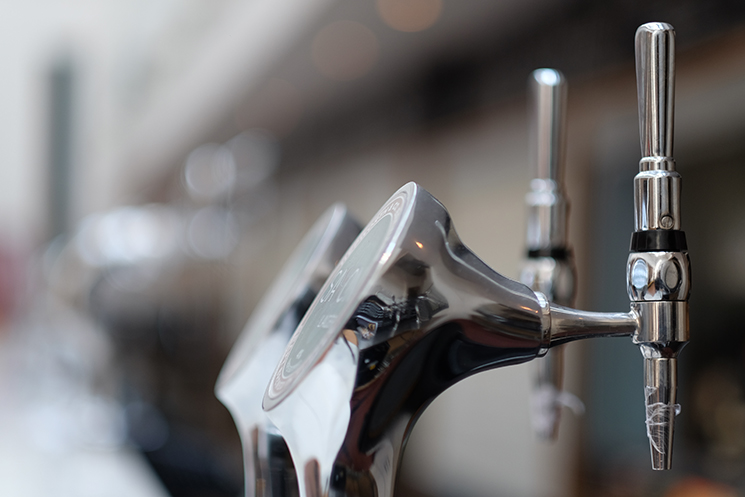 Another interesting comparison is when the lenses have their apertures gradually closed. At around f2.8 or smaller, the shape and number of their respective aperture blades have a visible impact on blurred specular highlights. The seven blades of the 56mm result in quite noticeable heptagon shapes, compared to more rounded shapes from the nine-bladed Nocticron. Don’t get me wrong, the Nocticron doesn’t deliver perfectly round shapes when closed a little, but they are rounder than the 56mm. Don’t forget to scroll down for more comparisons! |
Fujifilm 56mm f1.2 vs Leica Nocticron 42.5mm f1.2 Bokeh at maximum apertures |
Fujifilm 56mm f1.2 at f1.2 (full image) |
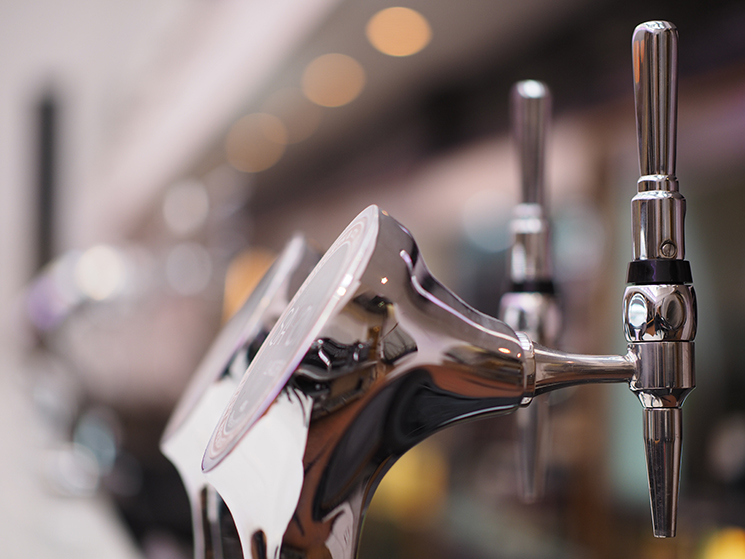 |
Leica Nocticron 42.5mm f1.2 at f1.2 (full image) |
Fujifilm 56mm f1.2 bokeh At maximum aperture (f1.2) | Fujifilm 18-55mm f2.8-4 bokeh At maximum aperture (f4) | Olympus 75mm f1.8 bokeh At maximum aperture (f1.8) | ||
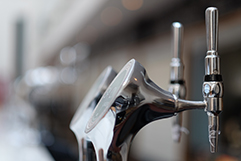 | 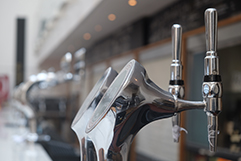 | 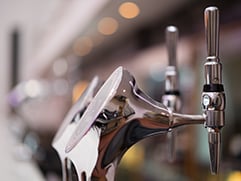 | ||
Fujifilm XF 56mm f1.2 R coma
To evaluate the real-life coma of the Fujifilm 56mm f1.2 lens, I shot this night scene at every aperture setting using a Fujifilm XT1 mounted on a tripod.
The XT1 was set to its base sensitivity of 200 ISO and the lens focused on the center of the composition using magnified Live View assistance. The corner and near-center crops shown below were taken from the areas marked with the red squares, right, and presented at 100%.
Coma is often an issue for large aperture lenses, where point sources of light can be rendered as undesirable shapes, especially in the corners. In a less than perfect optical system, coma can turn point sources into wedges or even strange wing-shapes. The issue particularly affects astro-photographers or anyone shooting city views at night. Admittedly the latter can normally stop-down their lenses to minimize aberrations, but for astro-photography, light gathering power is King, and besides if you’re buying a large aperture lens it’s important to know how well it performs when wide open.
Additionally when closing the aperture, another optical effect kicks-in which renders point sources as starbursts as the system gradually approaches diffraction. While technically an aberration, it’s an effect which many city night photographers desire, so my test performs double-duty by indicating where coma ends and where the starburst looks best.
I shot this night view of London from The South Bank at every aperture and have presented 100% crops from the extreme corner and near-center of the image, as indicated by the red frames above; I didn’t use the center of the frame as it fell just outside the depth of field below f2 and didn’t look as crisp as the area selected. The really important crop though is the corner one, concentrating on the bright lights shining directly into the lens.
With the lens aperture wide-open at f1.2 there’s some visible coma in the extreme corner, but it’s not at all bad compared to other fast lenses. I’d rate it on-par with the Leica Nocticron which is also well-behaved in this regard. Do have a look at the other details on the crops though which even at f1.2 are very crisp.
The blue aberration disappears at f2 where you can also see the start of a startburst, but it’s far from an attractive shape yet. At f2.8 the 14 streaks from the seven-bladed iris are beginning to take shape and I’d say it looks more attractive than the Nocticron at this point. At f4 the shape looks even better defined and I’d also say this represents the sweet-spot of the lens in terms of overall sharpness and contrast – I’ve provided the full resolution file at f4 on my sample page.
Revealingly while the nine-bladed iris of the Nocticron allows it to deliver more rounded blurred highlights, it works against it in terms of the starburst effect which, with 18 streaks, inevitably looks more complex and less defined than the 56mm. Indeed while the effect also looks best on the Nocticron between f4 and 5.6, it’s not as attractive as the 56mm.
Close the aperture further on the 56mm and the streaks become finer and better defined, although beyond f8 there’s other less desirable effects of diffraction becoming apparent: interference between the streaks and also a softening of the overall image.
So overall the optical design of the 56mm is very conducive to delivering attractive starbursts and if you really want to push the effect you can happily close the aperture quite small before suffering from too many negative aspects of diffraction.
That’s the end of my optical tests, so now I have my Fujifilm 56mm f1.2 sample images – including the f4 version of this coma test – and of course my final verdict page.
Fujifilm 56mm f1.2 corner coma and starburst | Fujifilm 56mm f1.2 center sharpness | |
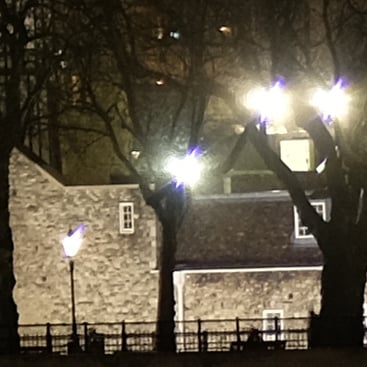 | 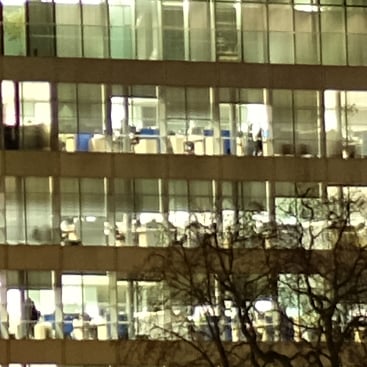 | |
Fujifilm 56mm f1.2 corner crop at f1.2 | Fujifilm 56mm f1.2 center crop at f1.2 | |
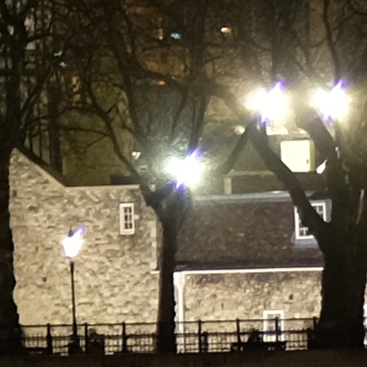 | 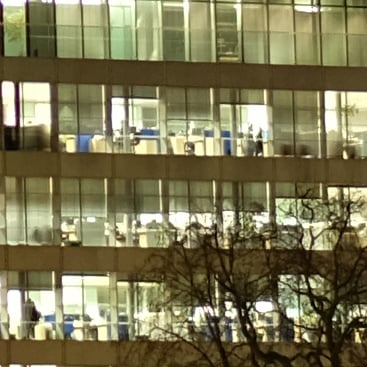 | |
Fujifilm 56mm f1.2 corner crop at f1.4 | Fujifilm 56mm f1.2 center crop at f1.4 | |
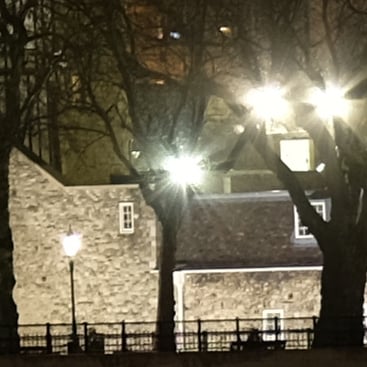 | 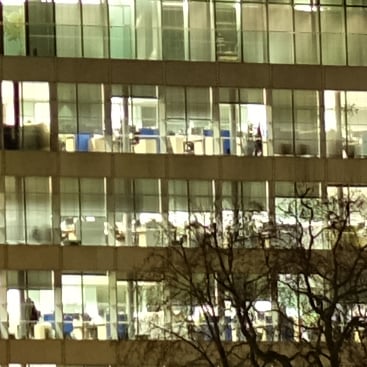 | |
Fujifilm 56mm f1.2 corner crop at f2 | Fujifilm 56mm f1.2 center crop at f2 | |
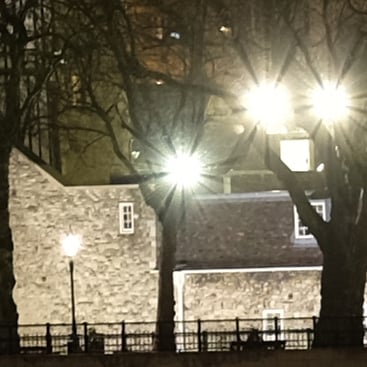 | 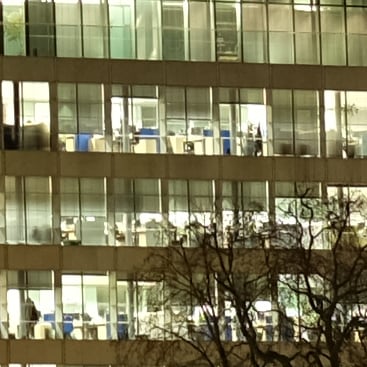 | |
Fujifilm 56mm f1.2 corner crop at f2.8 | Fujifilm 56mm f1.2 center crop at f2.8 | |
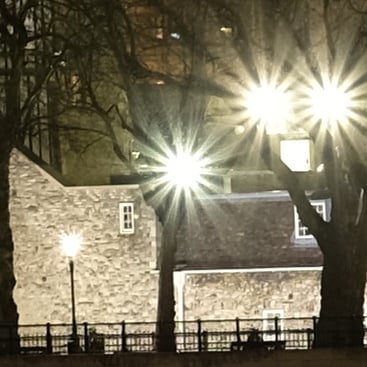 | 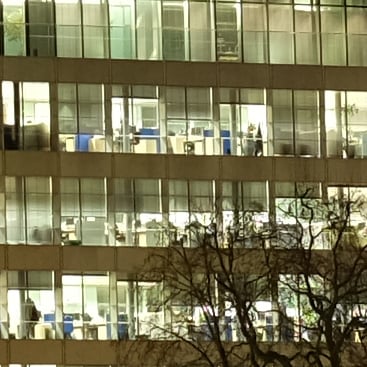 | |
Fujifilm 56mm f1.2 corner crop at f4 | Fujifilm 56mm f1.2 center crop at f4 | |
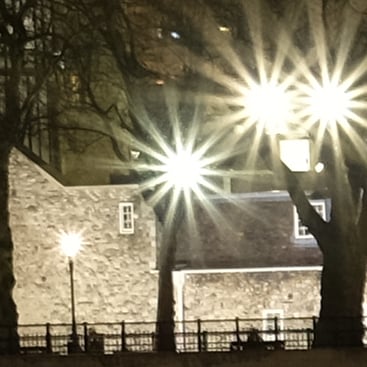 | 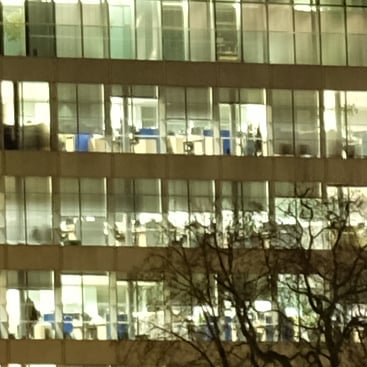 | |
Fujifilm 56mm f1.2 corner crop at f5.6 | Fujifilm 56mm f1.2 center crop at f5.6 | |
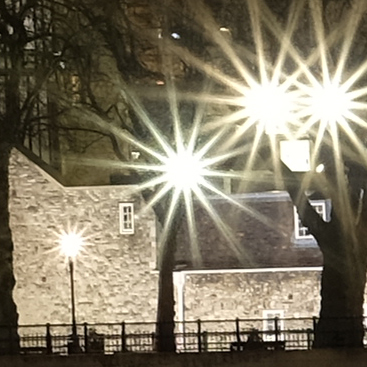 | 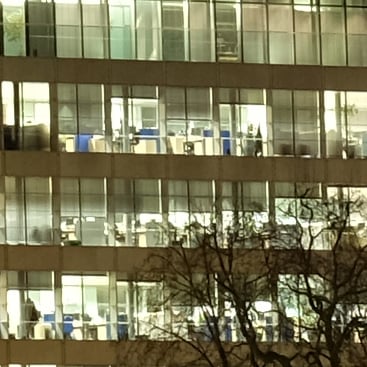 | |
Fujifilm 56mm f1.2 corner crop at f8 | Fujifilm 56mm f1.2 center crop at f8 | |
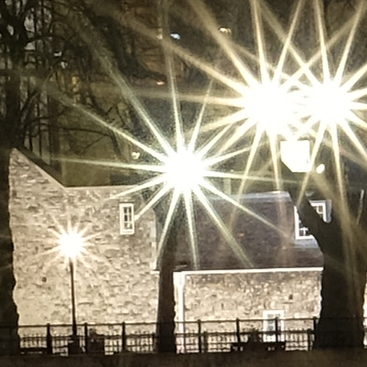 | 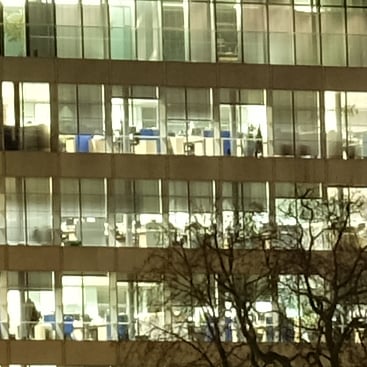 | |
Fujifilm 56mm f1.2 corner crop at f11 | Fujifilm 56mm f1.2 center crop at f11 | |
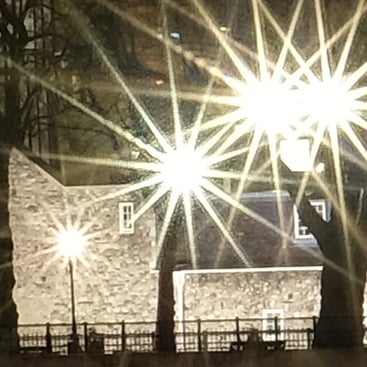 | 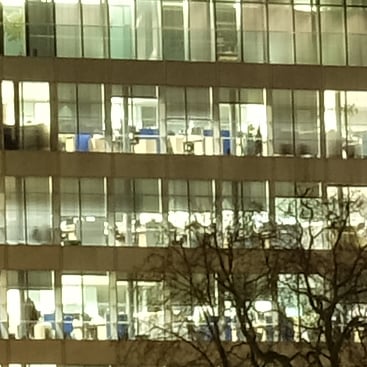 | |
Fujifilm 56mm f1.2 corner crop at f16 | Fujifilm 56mm f1.2 center crop at f16 |
